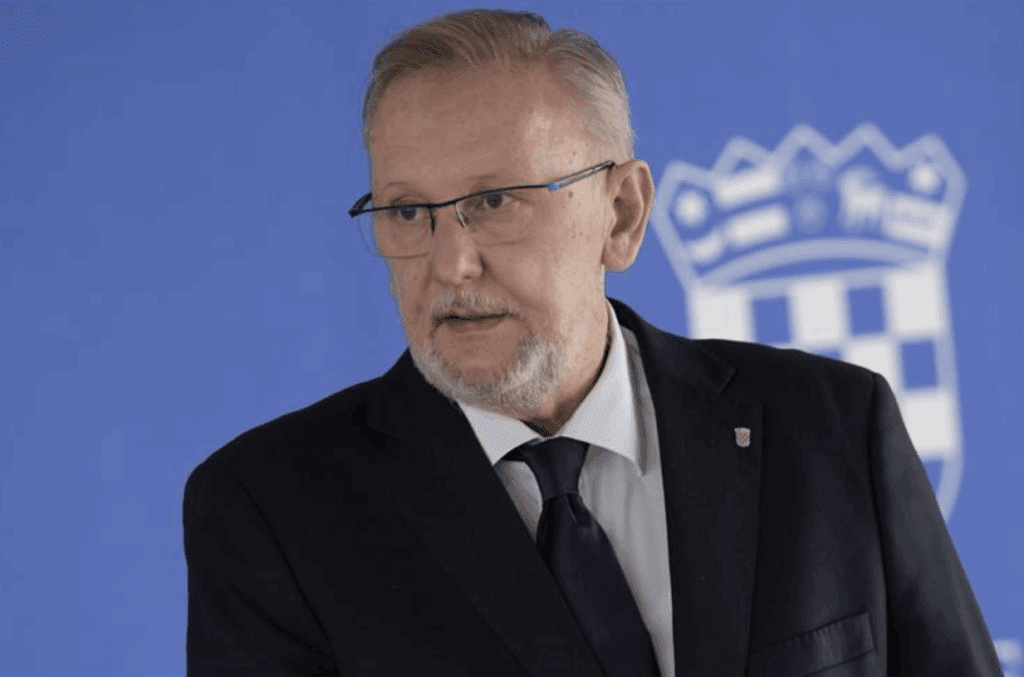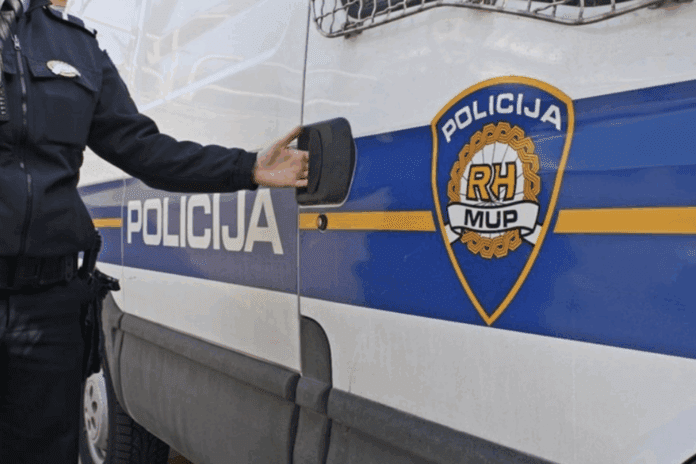By Marko Barišić: Recent developments in Croatia migrant border control have sparked widespread discussion and debate.
Significant fall in illegal migrant entries
A record 60% drop in illegal migrant crossings in 2025, a result attributed to intensified Croatia migrant border control, updated technology, and cross-border cooperation with EU partners. The country, which serves as a gateway into the Schengen Zone, has become a less attractive route for migrant smugglers.
According to Minister of the Interior Davor Božinović, this success is a direct result of strategic policing and modern surveillance technology funded by European Union sources.
“The pressure of illegal migrants at Croatian borders has decreased by more than 60 percent this year, and that trend will continue,” Božinović stated. “Police will continue to adapt tactical and operational responses.”

Tighter policing at key crossings
Croatian police have stepped up border control using drones, thermal cameras, and mobile patrols. Smugglers previously exploiting forest trails and river crossings like the Sava and Danube are now encountering significant resistance.
Those who do manage to cross are often caught after high-speed chases and detained. Smugglers—originating not only from Eastern Europe but also countries like France and Germany—face prosecution and prison time. Migrants, once registered and in some cases requesting asylum, are typically released and continue their journey north.

One in four inmates are smugglers
The rise in smuggling convictions has contributed to prison overcrowding. Nearly 25% of Croatia’s current prison population consists of migrant smugglers, prompting government plans for new correctional facilities.
Meanwhile, visible migrant presence in urban centres has significantly diminished. Scenes that once played out around bus stations and parks are now rare.
Dublin returns and new EU scrutiny
Under the Dublin Agreement, 533 migrants were returned to Croatia from Germany in 2024, with additional returns expected from Switzerland. Germany has tightened its citizenship laws and restricted family reunification.
Despite added border checks, the full regime Germany promised has yet to materialise. Croatia remains the third most common country for migrant returns, behind Italy and Greece.
EU support and international praise
Croatia’s efforts have been praised by European partners. Continued funding for border equipment and training is expected, as Croatia acts as a frontline defender of the EU’s external border.
Božinović hinted that operational details would remain confidential but affirmed Croatia’s commitment: “Those who challenge us know exactly what we’re capable of.”
See related story: Will Croatia Become Europe’s New Migrant Prison?

